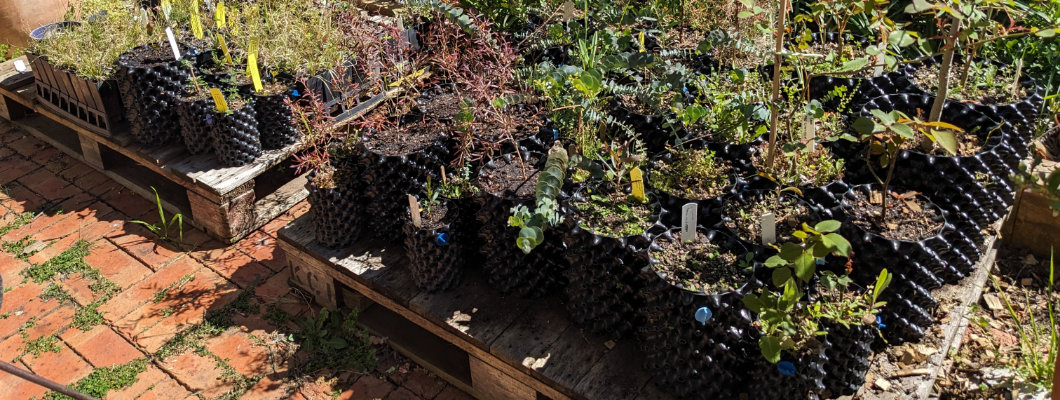
Title image above is copyright © Jonathon in Bathurst NSW
First published 14th October 2025
This post was inspired by Jonathon in Bathurst NSW.
The timing was incredible as I had just written this on what not to do with roots and Air-Pot bases. When quite by chance and with no knowledge of this, Jonathon just happened to send two photos of his setup, showing two very good ways he makes sure this never happens to him!
Firstly to recap, this is what can happen if you ignore/neglect/forget an Air-Pot sitting on grass or dirt for too long — the roots may eventually work their way into the ground, as happened with these two Japanese maples of mine:
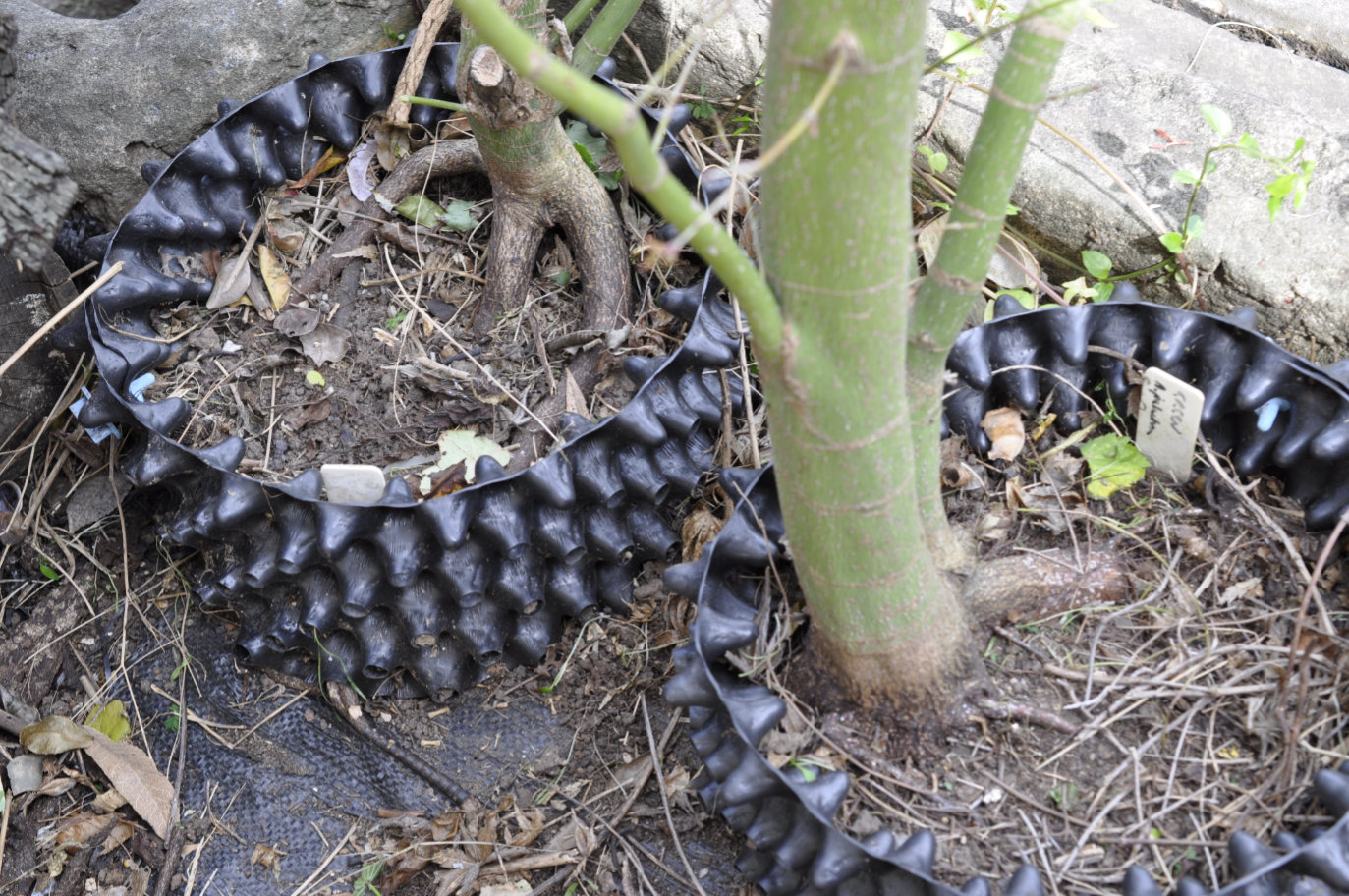
Japanese Maple (Acer palmatum)
copyright © Kristi Ellinopoullos
With emphasis on the “too long” part, as this does not happen overnight or even in weeks. But if not monitored and controlled, it will sneak up on you and appear to have happened overnight, though it may have taken months to a year to get underway.
Now what was especially fortuitous about Jonathon’s photos related to how I ended that post:
So boys and girls, please don’t do this at home! The best places for an Air-Pot are those that roots can’t penetrate, such as concrete, decking, metal shelves, elevated pallets, you get the idea. But if you do place an Air-Pot on soil or grass — even weedmat won’t always be an effective barrier for some species — please do inspect the undersides regularly, and trim dangling roots religiously. The larger containers will be difficult to lift, but are very easy to tilt, with one person taking the weight and the other trimming the underside.
For what did he send me — quite by chance! — but a photo of two pallets covered in Air-Pot containers:
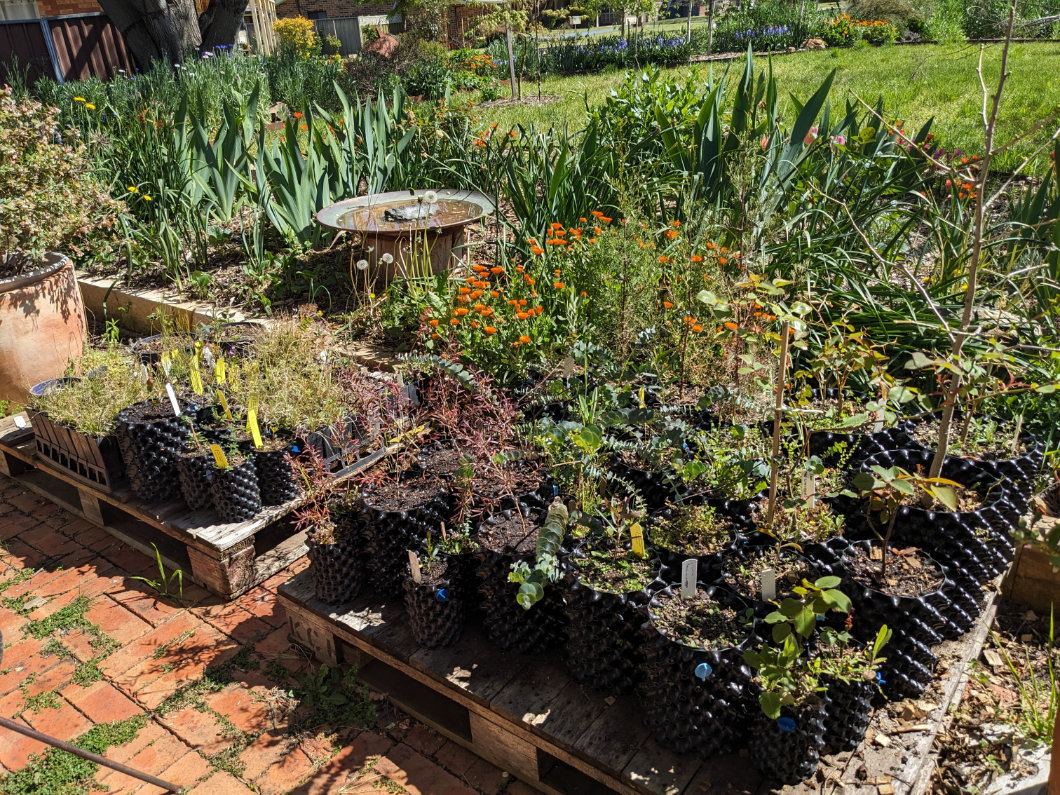
Air-Pot containers on two pallets
copyright © Jonathon in Bathurst NSW
and a metal shelf covered in Air-Pot Prop-Pots!
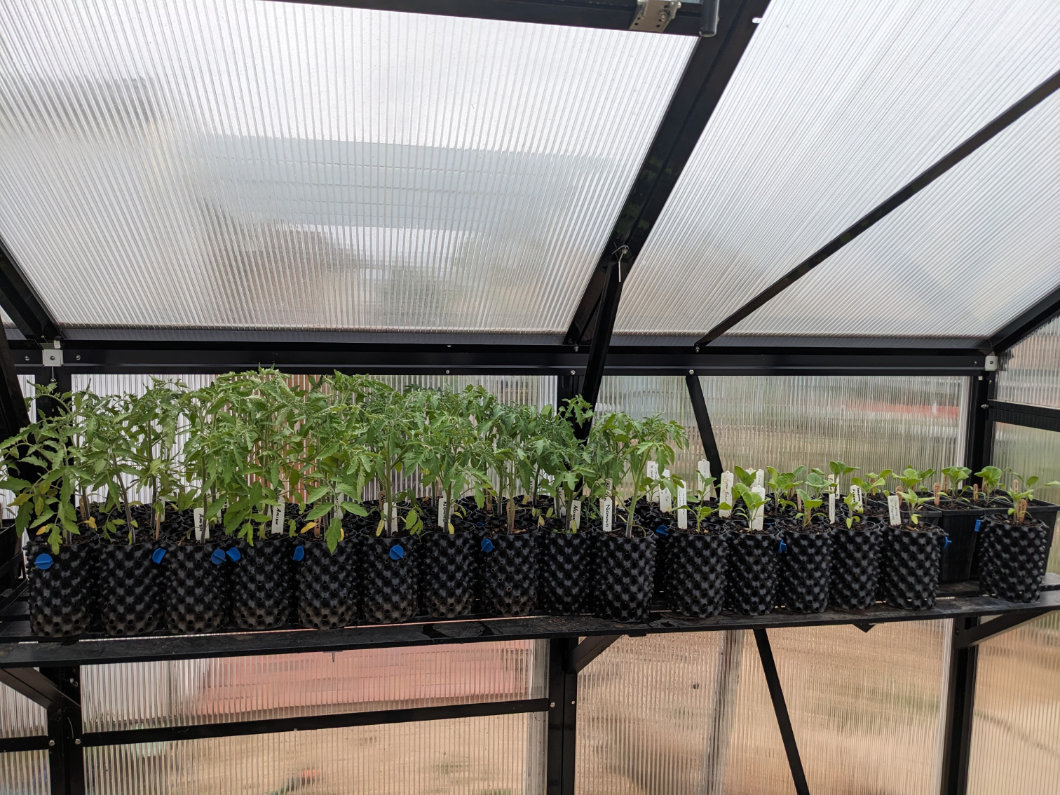
Air-Pot Prop-Pots on a metal shelf
copyright © Jonathon in Bathurst NSW
These are brilliant setups for the numbers and space Jonathon has. And the concept can most definitely be adapted by others with smaller areas/less containers. Variations on this include:
- placement on concrete (preferably not above expansion joints, as roots will find any entry into the ground if you let them!)
- placement on decking
- placement on a very large tile, concrete plinth, or similar
- placement on a makeshift shelf raised on bricks…
If Jonathon’s photos and these ideas have inspired you to try out your own variations, please do let us know as we’d love to see them if so!
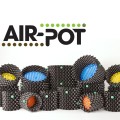
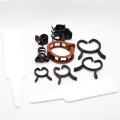
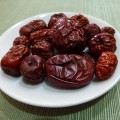
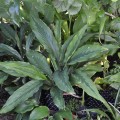
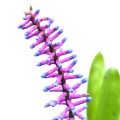
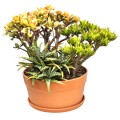
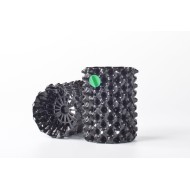
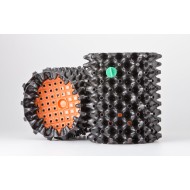
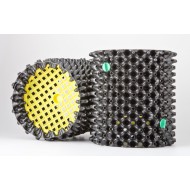
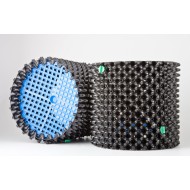
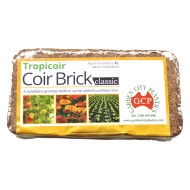
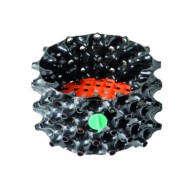
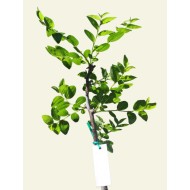
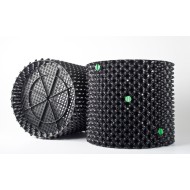
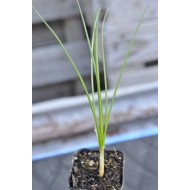
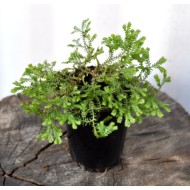
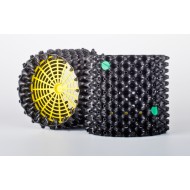
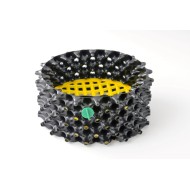
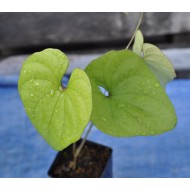
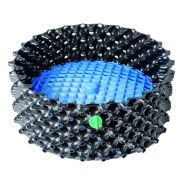
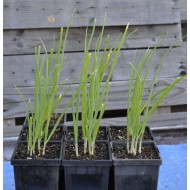
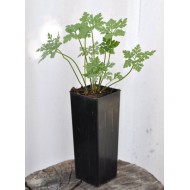
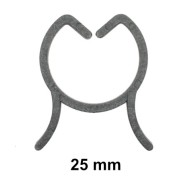
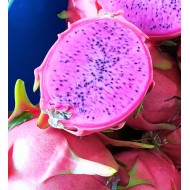

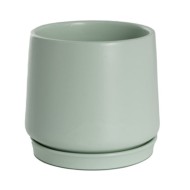
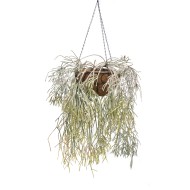
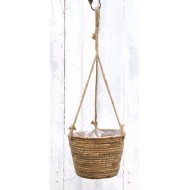
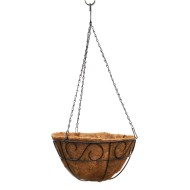
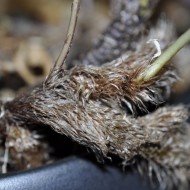
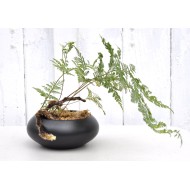
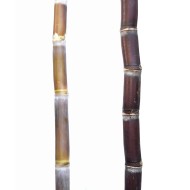
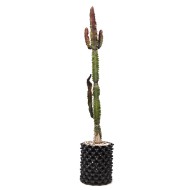
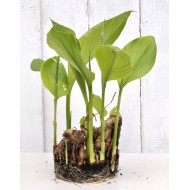
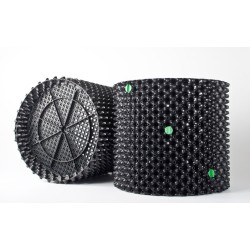
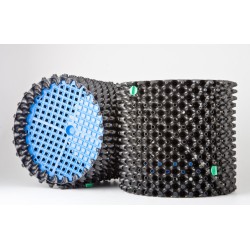
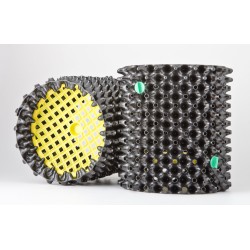
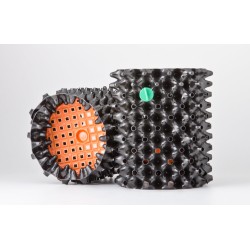
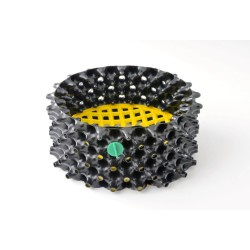
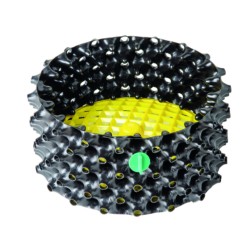
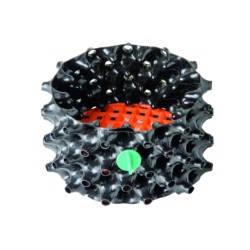
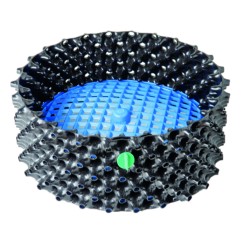
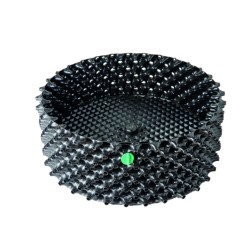
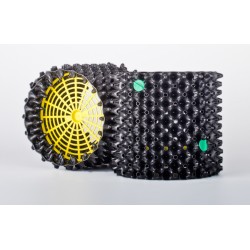
Leave a Comment